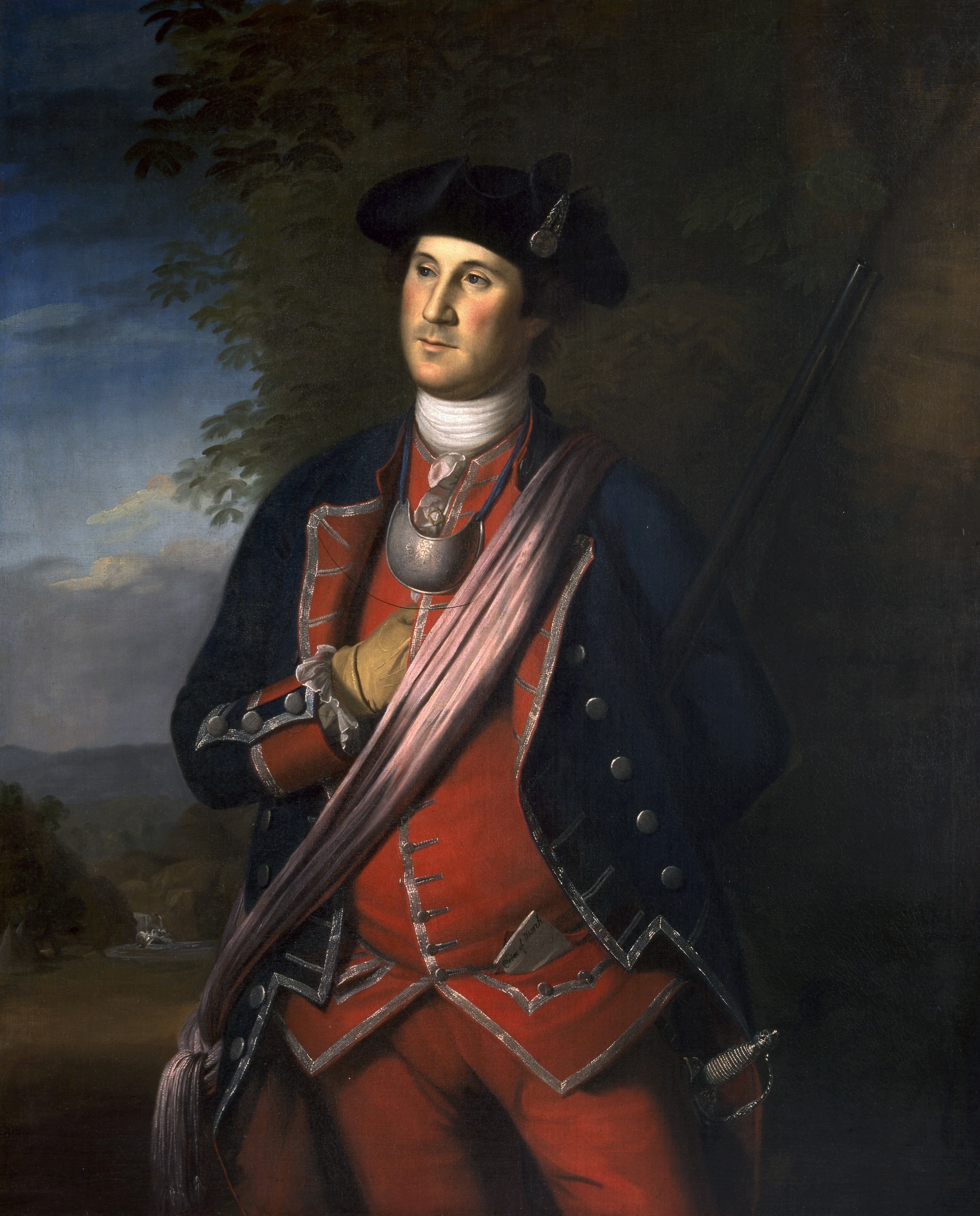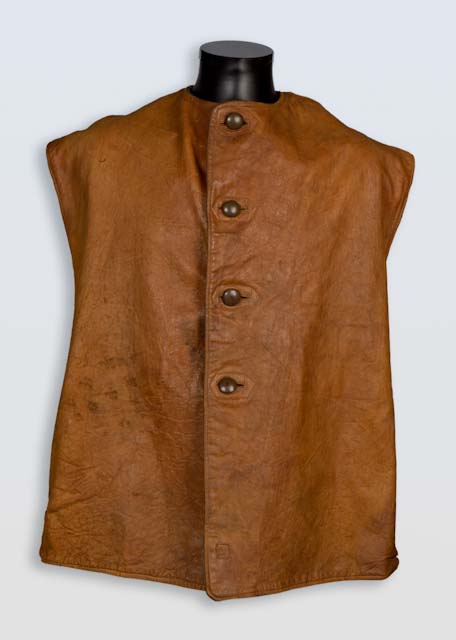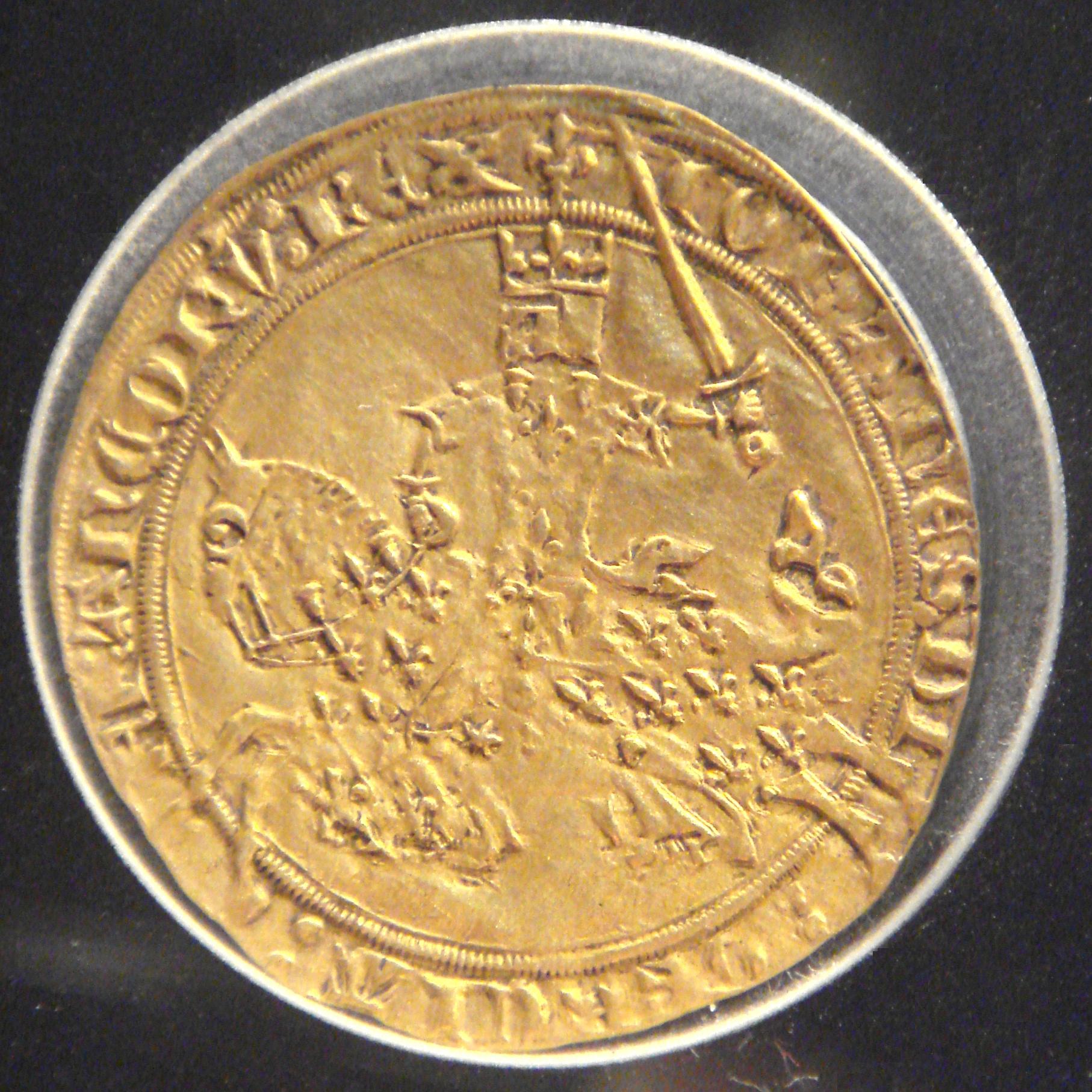|
Francs-Archers
The ''francs-archers'' ("free archers") militia were the first attempt at the formation of regular infantry in France. They were created by the ''ordonnance'' of Montil-lès-Tours on 28 April 1448, which prescribed that in each parish an archer should be chosen from among the most apt in the use of arms; who was to be exempt from the ''taille'' and certain obligations, to practise shooting with the bow on Sundays and feast-days, and to hold himself ready to march fully equipped at the first signal. Under Charles VII the ''francs-archers'' distinguished themselves in numerous battles with the English, and assisted the king in driving them from France. The ''Francs-archers'' deficient combat performance, indiscipline and unreliability led Louis XI in 1480 to train a professional army under Marshal Philippe de Crèvecœur d'Esquerdes and abolish the militia a year later, ordering their equipment to be put in store in the parishes. The cost of this permanent force was too great for th ... [...More Info...] [...Related Items...] OR: [Wikipedia] [Google] [Baidu] |
Charles VII Of France
Charles VII (22 February 1403 – 22 July 1461), called the Victorious () or the Well-Served (), was King of France from 1422 to his death in 1461. His reign saw the end of the Hundred Years' War and a ''de facto'' end of the English claims to the French throne. During the Hundred Years' War, Charles VII inherited the throne of France under desperate circumstances. Forces of the Kingdom of England and the duke of Burgundy occupied Guyenne and northern France, including Paris, the capital and most populous city, and Reims, the city in which French kings were traditionally crowned. In addition, his father, Charles VI, had disinherited him in 1420 and recognized Henry V of England and his heirs as the legitimate successors to the French crown. At the same time, a civil war raged in France between the Armagnacs (supporters of the House of Valois) and the Burgundian party (supporters of the House of Valois-Burgundy, which was allied to the English). With his court removed ... [...More Info...] [...Related Items...] OR: [Wikipedia] [Google] [Baidu] |
Taille
The ''taille'' () was a direct land tax on the French peasantry and non-nobles in ''Ancien Régime'' France. The tax was imposed on each household and was based on how much land it held, and was paid directly to the state. History Originally only an "exceptional" tax (i.e. imposed and collected in times of need, as the king was expected to survive on the revenues of the " domaine royal", or lands that belonged to him directly), the ''taille'' became permanent in 1439, when the right to collect taxes in support of a standing army was granted to Charles VII of France during the Hundred Years' War. Unlike modern income taxes, the total amount of the ''taille'' was first set (after the Estates General was suspended in 1484) by the French king from year to year, and this amount was then apportioned among the various provinces for collection. Exempted from the tax were clergy and nobles (except for non-noble lands they held in "pays d'état" ee below, officers of the crown, milita ... [...More Info...] [...Related Items...] OR: [Wikipedia] [Google] [Baidu] |
Gorget
A gorget ( ; ) was a band of linen wrapped around a woman's neck and head in the English medieval clothing, medieval period or the lower part of a simple chaperon (headgear), chaperon hood. The term later described a steel or leather Collar (clothing), collar to protect the throat, a set of pieces of plate armour, or a single piece of plate armour hanging from the neck and covering the throat and chest. Later, particularly from the 18th century, the gorget became primarily ornamental, serving as a symbolic accessory on military uniforms, a use which has survived in some armies (see below). The term may also be used for other things such as items of jewellery worn around the throat region in several societies, for example wide thin gold collars found in prehistoric Ireland dating to the Bronze Age. As part of armour In the High Middle Ages, when Mail (armour), mail was the primary form of metal body armour used in Western Europe, the mail coif protected the neck and lower fa ... [...More Info...] [...Related Items...] OR: [Wikipedia] [Google] [Baidu] |
Corselet
In women's clothing, a corselet or corselette is a type of foundation garment, sharing elements of both bras and girdles. It extends from straps over the shoulders down the torso, and stops around the top of the legs. It may incorporate lace in front or in back. As an undergarment, a corselet can be open-style (with suspenders attached) or panty-style. Historically, the term referred to a piece of plate armour covering the torso; see corslet. History The English word for the piece of armor comes from ''cors'', an Old French word meaning "bodice". The modern term probably originated by the addition of the diminutive suffix "-ette" to the word ''corset'', itself of similar origin to "corselet". The corselet as an item of women's clothing began to gain popularity in 1914, as a substitute for wearing two separate pieces (a bra with either a girdle or a corset). The bust uplift cups were first introduced in 1933, but did not become common until 1943. Merry widow A corselet w ... [...More Info...] [...Related Items...] OR: [Wikipedia] [Google] [Baidu] |
Chain Mail
Mail (sometimes spelled maille and, since the 18th century, colloquially referred to as chain mail, chainmail or chain-mail) is a type of armour consisting of small metal rings linked together in a pattern to form a mesh. It was in common military use between the 3rd century BC and the 16th century AD in Europe, while it continued to be used militarily in Asia, Africa, and the Middle East as late as the 18th century. Even today it is still in use in industries such as Butcher, butchery and as protection against the powerful bites of creatures such as sharks. A coat of this armour is often called a hauberk or sometimes a byrnie. History The earliest examples of surviving mail were found in the Carpathian Basin at a burial in Horný Jatov, Slovakia dated in the 3rd century BC, and in a chieftain's burial located in Ciumești, Romania. Its invention is commonly credited to the Celts, [...More Info...] [...Related Items...] OR: [Wikipedia] [Google] [Baidu] |
Jerkin (garment)
A jerkin is a man's short close-fitting jacket, made usually of light-coloured leather, and often without sleeves, worn over the doublet in the 16th and 17th centuries. The term is also applied to a similar sleeveless garment worn by the British Army in the 20th century. A buff jerkin is an oiled oxhide jerkin, as worn by soldiers. The origin of the word is unknown. The Dutch word ''jurk'', a dress, taken in the past as the source, is modern, and represents neither the sound nor the sense of the English word. Sixteenth and seventeenth centuries Leather jerkins of the 16th century were often slashed and punched, both for decoration and to improve the fit. Jerkins were worn closed at the neck and hanging open over the ''peascod-bellied'' fashion of the doublet. At the turn of the 17th century, the fashion was to wear the jerkin buttoned at the waist and open above to reflect the fashionable narrow-waisted silhouette. By the mid-17th century, jerkins were high-waisted and lon ... [...More Info...] [...Related Items...] OR: [Wikipedia] [Google] [Baidu] |
Sallet
The sallet (also called ''celata'', ''salade'' and ''schaller'') was a combat helmet that replaced the bascinet in Italy, western and northern Europe and Hungary during the mid-15th century. In Italy, France and England the armet helmet was also popular, but in Germany the sallet became almost universal. Origins The origin of the sallet seems to have been in Italy, where the term ''celata'' is first recorded in an inventory of the arms and armour of the House of Gonzaga, Gonzaga family dated to 1407. In essence, the earliest sallets were a variant of the bascinet, intended to be worn without an aventail or visor (armor), visor. To protect the face and neck, left exposed by abandonment of the visor and aventail, the rear was curved out into a flange to protect the neck, and the sides of the helmet were drawn forward below the level of the eyes to protect the cheeks. The latter development was most pronounced in the barbute or ''barbuta,'' a variation of the sallet that adopted ele ... [...More Info...] [...Related Items...] OR: [Wikipedia] [Google] [Baidu] |
Francs
The franc is any of various units of currency. One franc is typically divided into 100 centimes. The name is said to derive from the Latin inscription ''francorum rex'' ( King of the Franks) used on early French coins and until the 18th century, or from the French ''franc'', meaning "frank" (and "free" in certain contexts, such as ''coup franc'', "free kick"). The countries that use francs today include Switzerland, Liechtenstein, and most of Francophone Africa. The Swiss franc is a major world currency today due to the prominence of Swiss financial institutions. Before the introduction of the euro in 1999, francs were also used in France, Belgium and Luxembourg, while Andorra and Monaco accepted the French franc as legal tender ( Monégasque franc). The franc was also used in French colonies including Algeria and Cambodia. The franc is sometimes Italianised or Hispanicised as the ''franco'', for instance in Luccan franco. Origins The franc was originally a French go ... [...More Info...] [...Related Items...] OR: [Wikipedia] [Google] [Baidu] |
Battle Of Pavia
The Battle of Pavia, fought on the morning of 24 February 1525, was the decisive engagement of the Italian War of 1521–1526 between the Kingdom of France and the Habsburg Empire of Charles V, Holy Roman Emperor, Charles V, Holy Roman Emperor as well as ruler of Spain, Austria, the Low Countries, and the Two Sicilies. The French army was led by King Francis I of France, who laid siege to the city of Pavia (then part of the Duchy of Milan within the Holy Roman Empire) in October 1524 with 26,200 troops. The French infantry consisted of 6,000 French foot soldiers and 17,000 foreign mercenaries: 8,000 Swiss mercenaries, Swiss, 5,000 Germans, and 4,000 Italians (Black Bands). The French cavalry consisted of 2,000 ''Gendarme (historical), gendarmes'' and 1,200 lances fournies. Charles V, intending to break the siege, sent a relief force of 22,300 troops to Pavia (where the Imperial garrison stationed consisted of 5,000 Germans and 1,000 Spaniards) under the command of the Fleming ... [...More Info...] [...Related Items...] OR: [Wikipedia] [Google] [Baidu] |
Louis XII
Louis XII (27 June 14621 January 1515), also known as Louis of Orléans was King of France from 1498 to 1515 and King of Naples (as Louis III) from 1501 to 1504. The son of Charles, Duke of Orléans, and Marie of Cleves, he succeeded his second cousin once removed and brother-in-law, Charles VIII of France, Charles VIII, who died childless in 1498. Louis was the second cousin of King Louis XI, who compelled him to marry the latter's disabled and supposedly Sterility (physiology), sterile daughter Joan of France, Duchess of Berry, Joan. By doing so, Louis XI hoped to extinguish the House of Valois-Orléans, Orléans cadet branch of the House of Valois. When Louis XII became king in 1498, he had his marriage with Joan annulled by Pope Alexander VI and instead married Anne, Duchess of Brittany, the widow of Charles VIII. This marriage allowed Louis to reinforce the personal Union of Brittany and France. Louis of Orléans was one of the great feudal lords who opposed the French mona ... [...More Info...] [...Related Items...] OR: [Wikipedia] [Google] [Baidu] |
Italian Wars
The Italian Wars were a series of conflicts fought between 1494 and 1559, mostly in the Italian Peninsula, but later expanding into Flanders, the Rhineland and Mediterranean Sea. The primary belligerents were the House of Valois, Valois kings of Kingdom of France, France, on one side, and their opponents in the Holy Roman Empire and Habsburg Spain, Spain on the other. At different points, various Italian states participated in the war, some on both sides, with limited involvement from Kingdom of England, England, Switzerland, and the Ottoman Empire. The Italic League established in 1454 achieved a Balance of power (international relations), balance of power in Italy, but fell apart after the death of its chief architect, Lorenzo de' Medici, in 1492. Combined with the ambition of Ludovico Sforza, its collapse allowed Charles VIII of France to invade Kingdom of Naples, Naples in 1494, which drew in Spain and the Holy Roman Empire. Although Charles was forced to withdraw in 1495, o ... [...More Info...] [...Related Items...] OR: [Wikipedia] [Google] [Baidu] |







